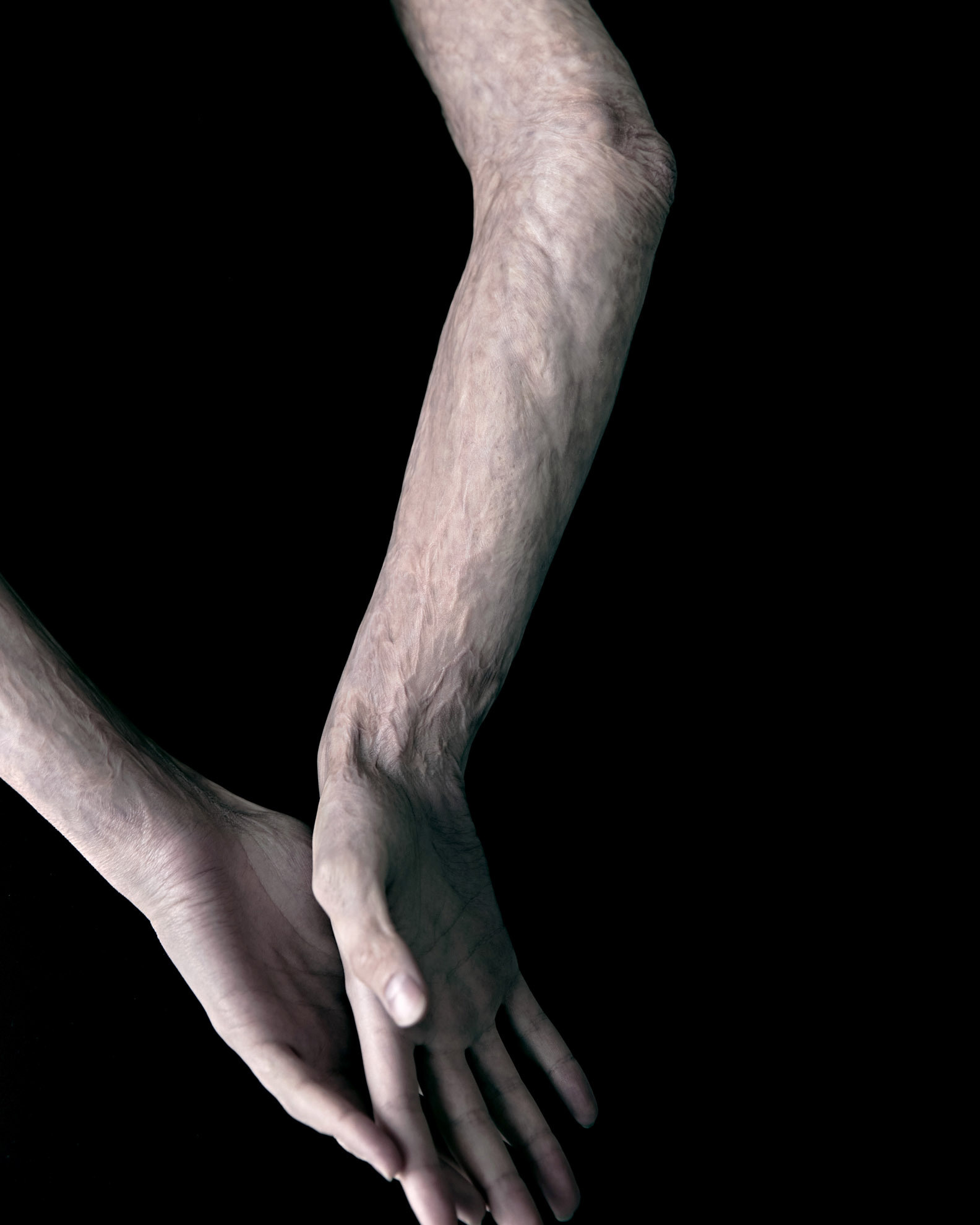
I was 9 when my mother noticed the first patches on my back.
I just returned from summer break and these patches really stood out on my tanned body. My mom burst into tears — she did not understand the nature of the patches and was very frightened.
At the hospital, we were told about vitiligo, the doctors advised to add parsley to my diet and protect my body from the sun. I tried my best to avoid the eyes of others. Literally over the next couple of years, there were so many patches that it became impossible to hide them under clothes.
As a teen I struggled with insecurity and low self-confidence, and it only got worse. Every word, every sidelong glance — everything added up to my diffidence.
Every summer I refused any lake trips with my peers, I did not wear T-shirts and short skirts, I worried about every glance on the beach in my direction.
Everything changed when I started dating my first boyfriend. He was not at all embarrassed by how I looked — on the contrary, he was delighted. “Someday I’ll count all the patches on your body.” I still remember this phrase of his with great warmth and gratitude.

Children do not accept imperfections and will always find something to cling to, they judge by appearance, and not by content. In adulthood, your level of expertise and social status come to the fore. Therefore, whenever in doubt, one must engage in self-development, and not worry about one’s differences from others.
In general, with the development of informatization and new trends in the proverbial “body-positivity”, vitiligo has become quite widely known — the reaction of others is no longer that wild. I have less and less to explain what is happening to me, and if I have to, I just talk calmly about the violation of skin pigmentation, that it is “not contagious”, etc.
I did not make any further attempts to get rid of vitiligo. There are no reliable methods of getting rid of it even now, after 20 years. I can’t say that I have accepted my peculiarity to the end, but my main priority today is a healthy body. Participation in this project is another step towards the acceptance of vitiligo.
HEROES

VLADIMIR VASKEVICH

ALEKSEI TRANTSEV

NIKITA USTIANTSEV

SVETLANA BUSAREVA

CATE POPOVA

PAVEL LESNIKOV

KATE SUVOROVA

SVETA “FIREGIRL”

DIANA PASTUHOVA

ANNA BORTNIKOVA

CATE KOMLEVA

CATE SAZHINA

ANASTASIA SELYAEVA

DMITRY KOZEMASLOV

